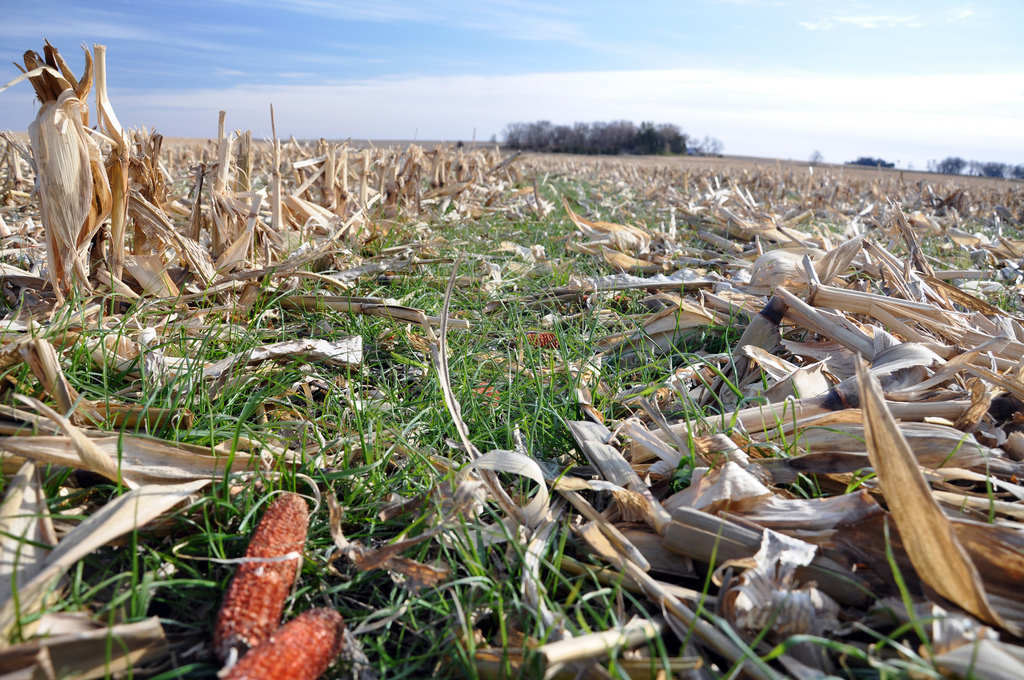Cover crops have grown quickly in esteem in the agriculture industry, and for good reason: they offer a lot of advantages on the farm and the ranch both. While cover crops have many benefits, like most things in agriculture, they do take some time and effort to reap all the rewards they offer.
Cover Crops Explained
The term ‘cover crop’ includes any crop or plants sown to recharge the soil. They are usually grasses, legumes or small grains like ryegrass or wheat. Often (but not always), they are planted in the ‘off’ season in the fields where the usual crops are sown for profit. When a crop is grown, it takes nutrients from the soil. Those nutrients ‘leave the farm’ with the harvest, and the necessary nutrients must be put back in the soil with fertilizers.
With cover crops, the plants grow and are then left in any number of ways—as living mulch, tilled under as ‘green manure,’ cut with the roots left to till, etc.—that allow the organic content of the plant to return to the soil. Then, those nutrients are available in the soil to bolster the crops that pay the bills, boosting plant health, harvest yields and the farm’s bottom line. Cover crops can also be planted among crops (called intercropping), in between crop rows and more.
Additional Benefits
The benefits of cover crops do not stop at recharging the soil. Cover crops can also:
- serve as forage for livestock
- control weeds
- combat soil erosion
- provide protection to crops when planted in tandem or adjacently
- create additional income, such as hay
- make habitats for beneficial birds and insects
- help control certain harmful nematodes
Choosing Wisely
Any farmer or rancher looking to reap the benefits of cover crops should do his or her research first. Choosing an incorrect cover crop can introduce pests or disease, present challenges to harvesting or may interfere with cash crops.
Similarly, different cover crops take time to decompose, and it depends upon factors such as soil type, temperature, moisture, etc., and you can tie up necessary nitrogen if you’re not careful. Look to your local Extension Office for information on the best cover crops for your area of the country, the cash crop grown and your soil needs. Agriculturalists in Florida can look to this Cover Crop Guide by UF/IFAS to find those that will work best with the Sunshine State’s sandy soils and tropical climate.



